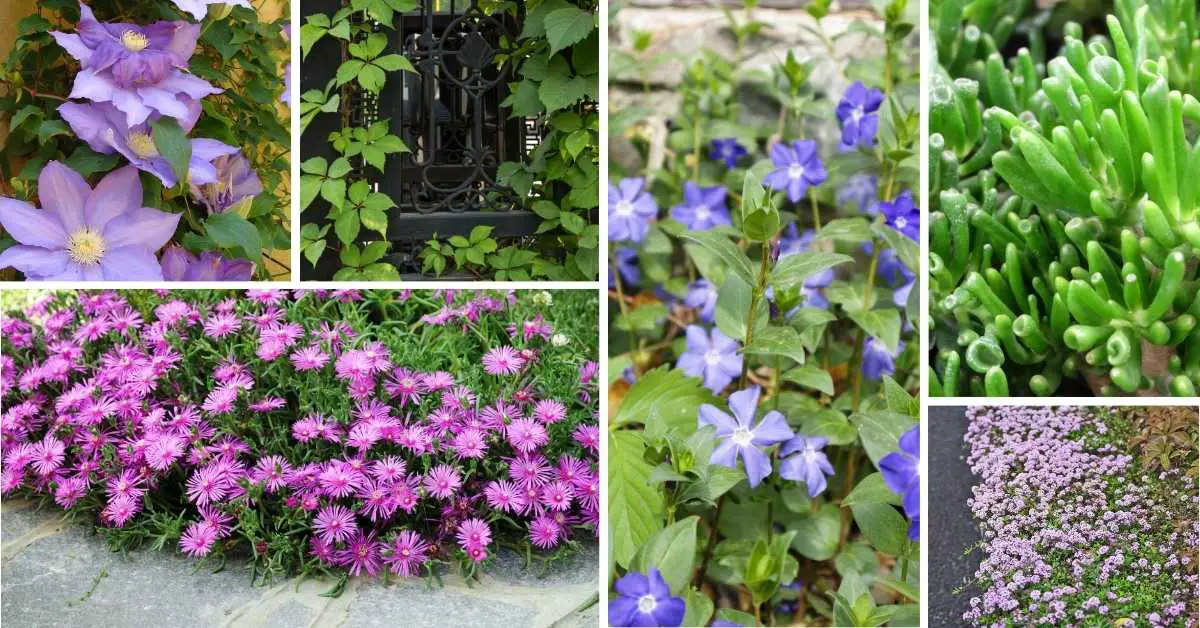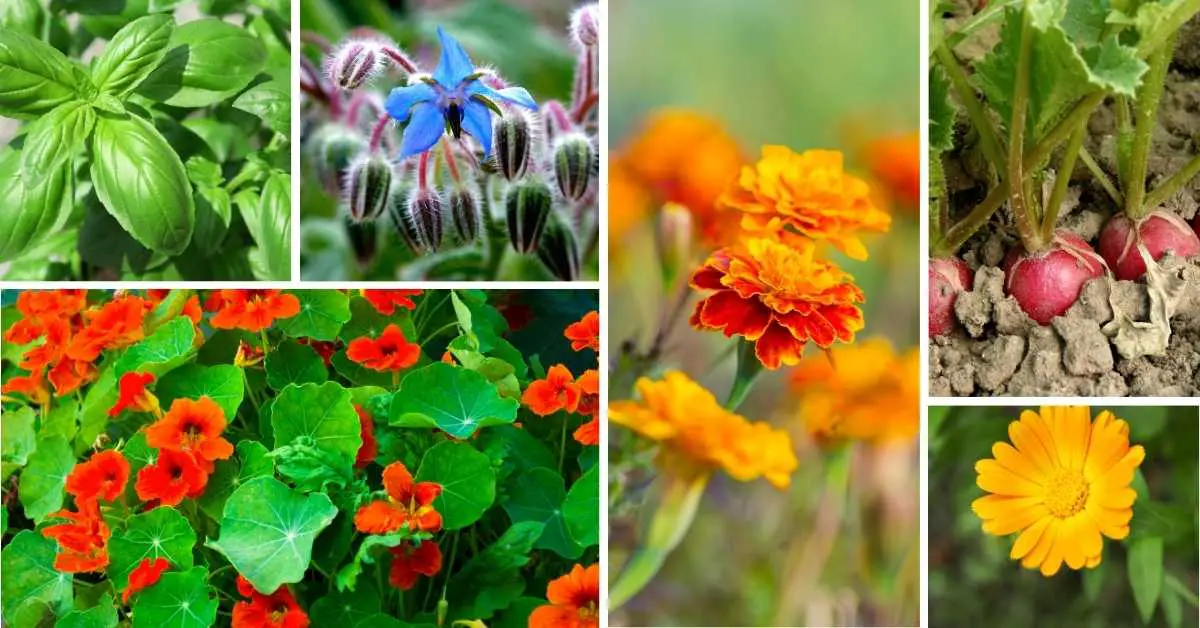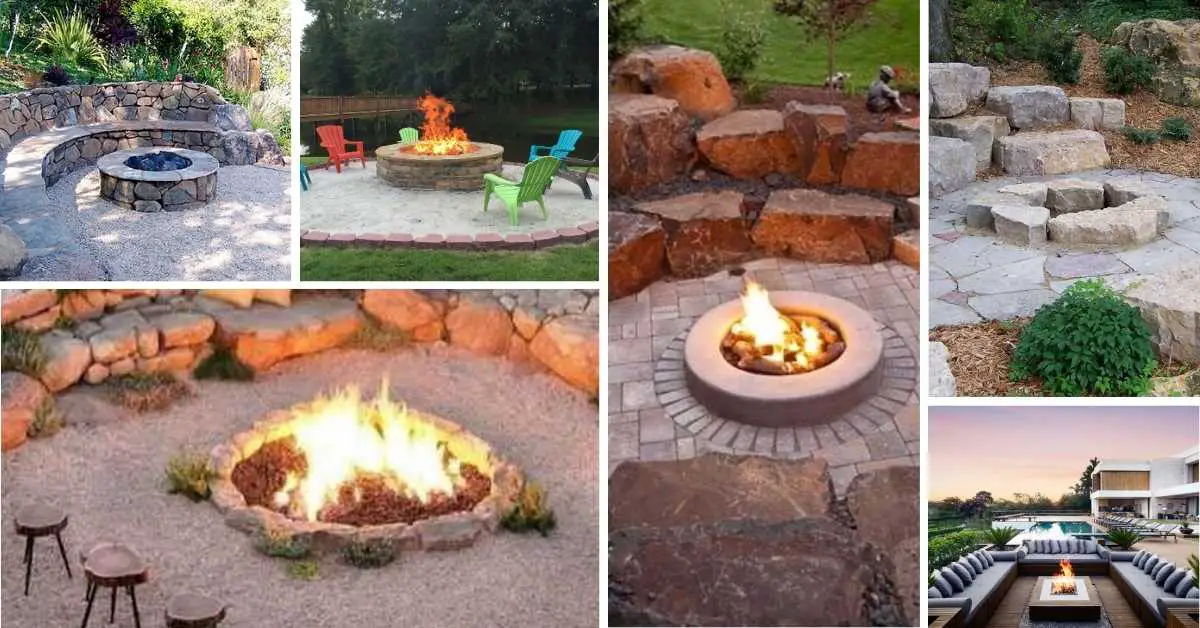As you explore ways to create a low-maintenance, eco-friendly landscape, you’re likely considering drought-tolerant ground covers. You’re not alone – water-conscious homeowners are turning to these innovative solutions to conserve water and reduce maintenance needs.
But did you know that these ground covers can do more than just survive with minimal watering? They can also enhance your outdoor space with texture, color, and even help prevent soil erosion.
What’s more, there are varieties suited to different light conditions, from arid climates to shady areas. What’s the best option for your unique space?
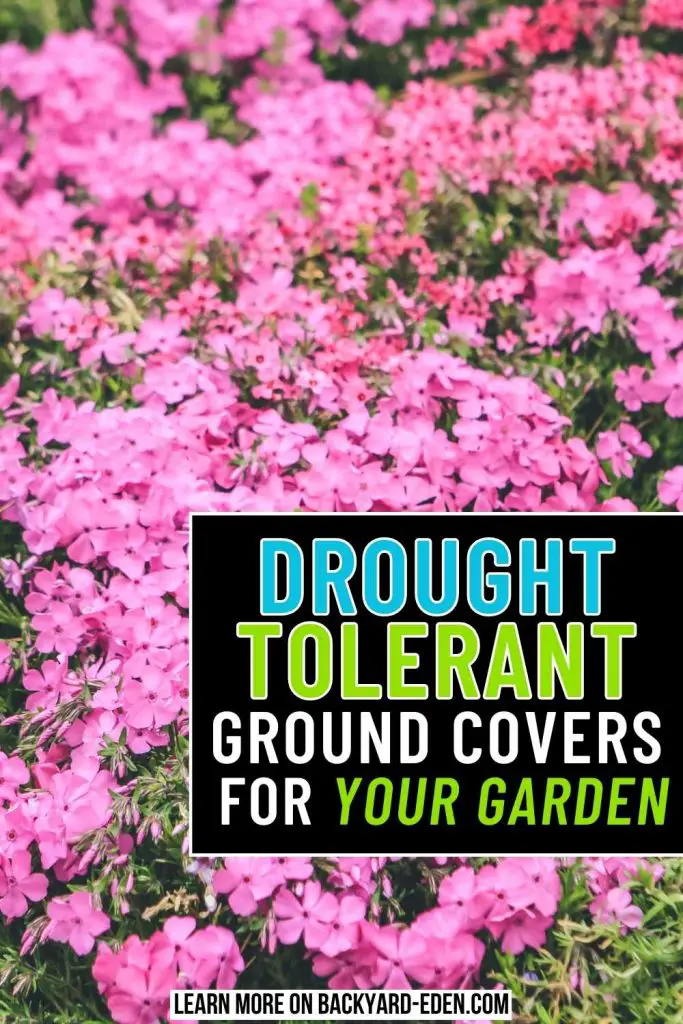
Key Takeaways
- Drought-tolerant ground covers conserve water, reduce maintenance needs, and prevent soil erosion, enhancing climate resilience.
- Succulent ground covers like Delosperma and Sedum thrive in dry climates, offering low-maintenance solutions for desert landscaping.
- Creeping thyme varieties excel in drought-prone areas, tolerating foot traffic and requiring minimal maintenance.
- Low-water ground covers like Vinca minor and Pachysandra thrive in shade, requiring minimal upkeep and coming in a range of textures and colors.
- Sedum ground covers tolerate poor soil conditions, compacted soil, and heavy foot traffic, making them ideal for challenging landscaping scenarios.
Benefits of Drought-Tolerant Ground Covers
In addition to incorporating drought-tolerant ground covers into your landscape, you’ll not only conserve water but also reduce your lawn maintenance needs. As you make the switch, you’ll notice a significant decrease in water consumption, which is essential for water conservation in areas prone to drought.
Additionally, these ground covers help prevent soil erosion by holding the soil in place, reducing the risk of landslides and sedimentation in waterways. This, in turn, enhances climate resilience by mitigating the impact of extreme weather events.
From a visual perspective, drought-tolerant ground covers can add texture, color, and depth to your landscape, boosting its aesthetic appeal. Furthermore, they provide a habitat for local wildlife, supporting biodiversity and ecosystem balance.
As urban planning strategies evolve, incorporating drought-tolerant ground covers can become a key component of sustainable urban design. By choosing the right ground covers, you’ll be contributing to a more resilient, eco-friendly, and visually stunning outdoor space that benefits both you and the environment.
Types of Drought-Tolerant Plants
As you explore the world of drought-tolerant ground covers, you’ll encounter a variety of plant types that’ll thrive in water-scarce conditions.
You’ll discover succulent ground covers that store water in their leaves, stems, or roots, as well as low water perennials that have adapted to survive with minimal hydration.
From creeping thyme varieties to other specialized species, you’ll find the perfect option to suit your specific needs and landscape goals.
Succulent Ground Covers
Succulent ground covers, such as echeveria, crassula, and sedum, provide a stunning, low-maintenance solution for areas with poor soil or intense sunlight. These water-storing wonders thrive in conditions that would be challenging for other plants.
By initiating succulent ground covers into your landscaping, you’ll create a visually striking, low-fuss haven that’s perfect for waterwise gardens.

When designing your succulent landscape, consider the unique characteristics of each species. Echeveria’s delicate, powdery leaves add a soft, romantic touch, while crassula’s geometric shapes create a modern, architectural feel.
Sedum’s sprawling stems weave together to form a lush, verdant carpet. By combining these succulents, you’ll craft a vibrant, dynamic tapestry that’s both beautiful and resilient.

As you commence on your succulent landscaping journey, remember to choose a location with good drainage and full sun to partial shade. Water sparingly, allowing soil to dry completely between waterings.
With proper care, your succulent ground covers will flourish, providing a stunning, thriving oasis that’s uniquely yours.
Low Water Perennials
You’ll find a diverse range of low water perennials that excel in hot, dry conditions, from the delicate, feathery foliage of yarrow to the bold, architectural spikes of bearded iris. These perennials have adapted to thrive in water-scarce environments, boasting remarkable water efficiency.
They’ve developed unique strategies to conserve water, such as deep roots to access groundwater, waxy coatings to prevent moisture loss, and leaf structures that minimize transpiration.
When selecting low water perennials, consider soil adaptation. Some perennials, like sedum, can tolerate poor soil quality and drought, while others, like coneflower, prefer well-draining soil.
Be mindful of your soil type and choose perennials that match its characteristics. By doing so, you’ll create a resilient and thriving landscape that requires minimal maintenance and watering.
With low water perennials, you can achieve a beautiful, drought-tolerant garden that’s perfect for water-conscious homeowners. By embracing these water-efficient plants, you’ll not only reduce your water bill but also contribute to a more sustainable future.
Creeping Thyme Varieties
Creeping thyme, a low-growing, spreading ground cover, offers multiple varieties that excel in drought-prone areas, each with unique characteristics and growth habits.
You’ll find varieties with different Thyme Colors, such as ‘Pink Chintz‘ with its delicate pink flowers, ‘White Thyme’ with its pure white blooms, and ‘Lemon Frost‘ with its bright yellow flowers and variegated foliage.
These drought-tolerant ground covers thrive in well-draining soil and full sun, making them perfect for areas with low rainfall.

Delve into Thyme History, and you’ll discover that creeping thyme has been used for centuries in herbal remedies, cooking, and even as a natural pest repellent. Today, you can leverage its benefits in your own garden or landscape. With its spreading habit, creeping thyme forms a dense mat, suppressing weeds and reducing the need for mulch.
Succulent Ground Covers for Dry Climates
In dry climates, where water scarcity is a major concern, delosperma and sedum ground covers thrive, offering a low-maintenance solution for areas that receive full sun to partial shade. These succulent ground covers are perfect for desert landscaping, where water conservation is key.
As you design your outdoor space, consider using delosperma, with its vibrant yellow and pink flowers, or sedum, with its thick, fleshy leaves. Both are drought-tolerant and can survive with minimal watering, making them ideal for water-conscious homeowners.

When choosing succulent ground covers, you’ll want to select varieties that fit your climate and soil type. Delosperma, for example, prefers well-draining soil and full sun, while sedum can thrive in partial shade and poor soil. By selecting the right variety, you’ll be rewarded with a lush, low-maintenance ground cover that requires minimal care.
Plus, succulent ground covers can help reduce water consumption, making them an attractive option for homeowners looking to conserve this precious resource.
Low-Water Ground Covers for Shade
When shaded areas of your outdoor space need a low-maintenance makeover, consider ground covers that can thrive in low-light conditions without guzzling water. You’ll be surprised at the variety of shade-tolerant options that can transform your forest floor into a lush, vibrant oasis.
For a natural, woodland-inspired look, try using Vinca minor or Pachysandra. These low-water ground covers can thrive in deep shade and require minimal upkeep.
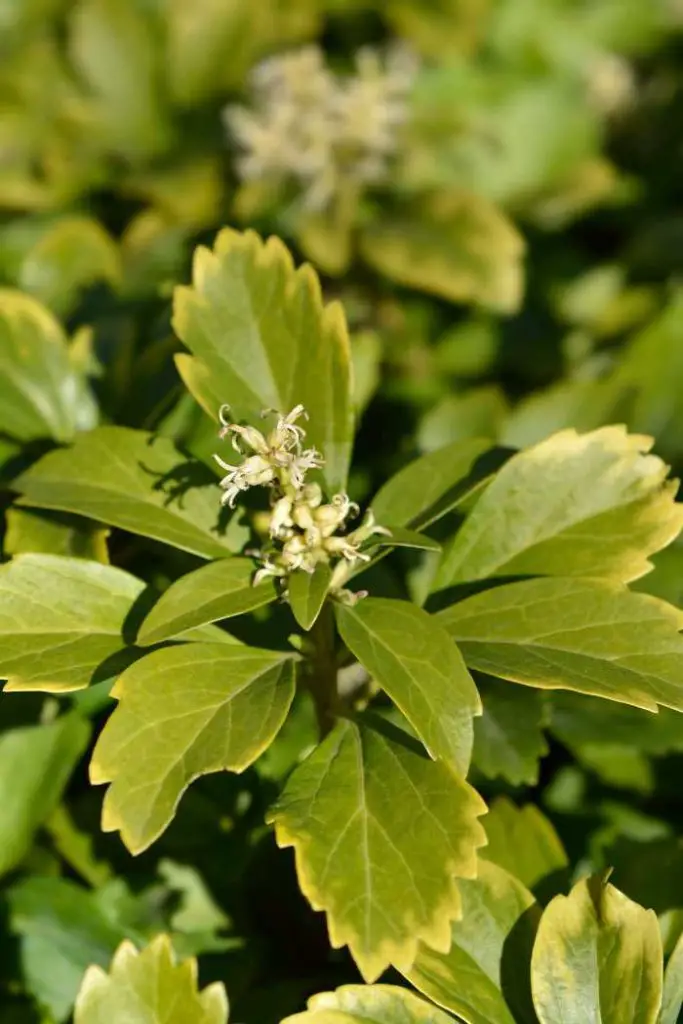
If you prefer a more uniform look, consider using a low-growing, shade-tolerant sedum. Not only do these succulents store water in their leaves, but they also come in a range of textures and colors to suit your design aesthetic.
When selecting a ground cover for your shaded area, remember to opt for varieties that are specifically bred for low-light conditions. This will guarantee they receive the right amount of moisture and nutrients to thrive.
Creeping Thyme for Lawn Alternatives
You can replace traditional lawn grass with a fragrant, low-maintenance alternative by planting creeping thyme, a drought-tolerant ground cover that can thrive in poor soil and withstand foot traffic. This versatile herb has a rich Thyme History, dating back to ancient civilizations that used it for culinary and medicinal purposes. Today, you can enjoy its benefits in your own yard.
Creeping thyme forms a dense, 1-2 inch tall mat that can be walked on, making it an ideal substitute for traditional lawn grass.
It requires minimal Thyme Maintenance: occasional watering, pruning, and fertilization are all it needs to thrive. This low-growing ground cover spreads quickly, filling in gaps and suppressing weeds. Plus, its tiny, fragrant leaves release a pleasant aroma when walked upon.
With its ability to tolerate drought, heat, and poor soil, creeping thyme is an excellent choice for areas with low rainfall or poor drainage. By planting creeping thyme, you’ll enjoy a beautiful, low-maintenance landscape that’s perfect for outdoor living.
Sedum Ground Covers for Poor Soil
Sedum’s remarkable adaptability to poor soil conditions makes it an ideal ground cover for areas where other plants struggle to survive. You’ll find that sedum varieties like Sedum spurium, Sedum anglicum, and Sedum album thrive in soils with low fertility, high salt content, or poor drainage. These hardy plants can tolerate compacted soil, making them perfect for areas with heavy foot traffic.
When working with poor soil, you may need to add soil amendments to improve its structure and fertility. Adding organic matter like compost or well-rotted manure can help increase the soil’s water-holding capacity and provide essential nutrients. Sedum ground covers also benefit from a layer of mulch, which helps retain moisture and suppress weeds.
As you plan your sedum ground cover, consider the specific growing conditions of your area. Choose sedum varieties that match your local climate and soil type.
With proper care and maintenance, sedum ground covers can form a lush, dense mat that’s both beautiful and resilient. By selecting the right sedum variety and preparing the soil with amendments, you’ll enjoy a thriving, low-maintenance ground cover that brings life to even the most challenging areas.
Drought-Tolerant Ground Covers for Slopes
When you’re working with slopes, you know that erosion control is essential to prevent soil loss and damage to surrounding landscapes.
You’ll want to explore drought-tolerant ground covers that not only thrive in dry conditions but also provide effective slope stabilization.
Erosion Control Methods
On slopes, drought-tolerant ground covers play a crucial role in erosion control methods, effectively stabilizing the soil and preventing land degradation. You can rely on these ground covers to hold the soil in place, reducing the risk of erosion and landslides.
When it comes to riverbank protection, drought-tolerant ground covers are essential in preventing erosion caused by flowing water. They help to stabilize the riverbanks, preventing soil erosion and protecting the surrounding ecosystem.
Similarly, in coastal defense, these ground covers help to stabilize the soil, preventing erosion caused by waves and tides. By using drought-tolerant ground covers, you can make sure that your slopes are secure, and the surrounding environment is protected.
With their deep roots, these ground covers can anchor the soil, preventing erosion and landslides. By choosing the right drought-tolerant ground cover for your slope, you can rest assured that your soil is secure, and the environment is protected.
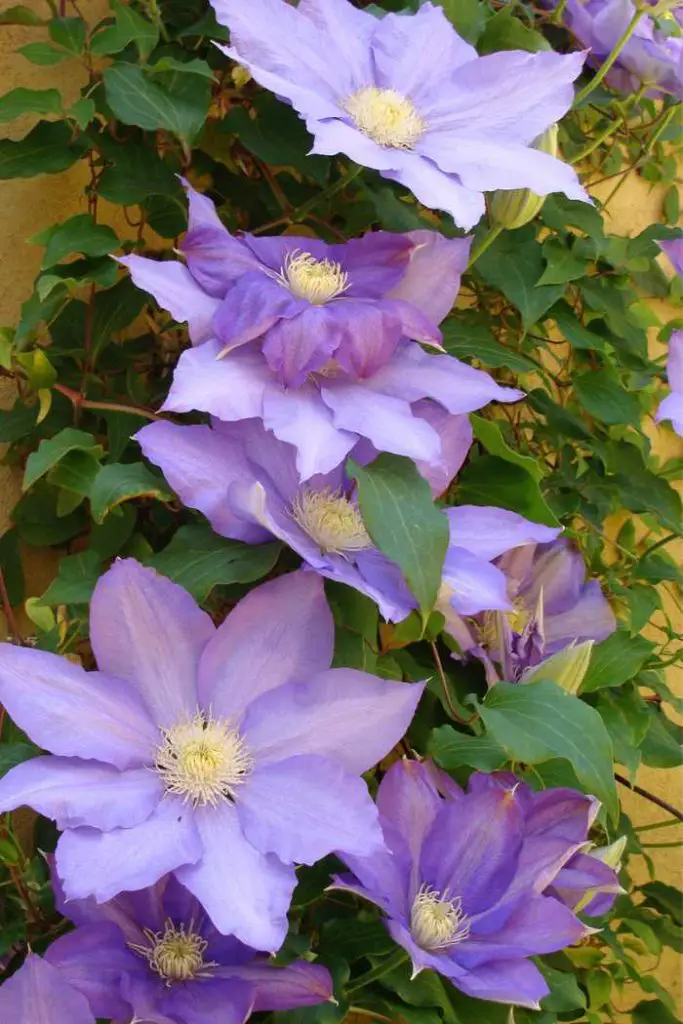
Slope Stabilization Options
You can choose from a variety of drought-tolerant ground covers that are specifically designed for slope stabilization, each with its unique characteristics and benefits. When it comes to stabilizing slopes, you’ll want to take into account options that provide structural support, erosion control, and long-term durability.
Geotextile mats, for instance, are a popular choice as they reinforce the soil and prevent erosion. Soil nails, on the other hand, provide anchorage and stability to the soil, making them ideal for steep slopes.
For added protection, contemplate turf reinforcement, which involves installing a grid-like system to stabilize the soil and prevent erosion. Erosion blankets are another option, providing a layer of protection against water and wind erosion.
If you’re dealing with a particularly challenging slope, riprap protection may be the way to go. This involves placing large rocks or concrete blocks along the slope to absorb the energy of flowing water and prevent erosion.
Low-Maintenance Ground Covers for Gardens
Selecting low-maintenance ground covers for your garden saves you time and energy while still achieving a beautiful, lush appearance. By choosing the right ground cover, you can enhance your garden’s aesthetics without sacrificing your precious time. Proper soil preparation is vital to guarantee the ground cover thrives.

Adding a layer of mulch benefits the soil and reduces weed growth. You can create visually appealing garden paths using materials like gravel or stone, which also help with drainage. Installing weed barriers and garden edging adds a clean finish to your landscape design.
Consider your garden theme when selecting a ground cover, as it should complement the overall style. For example, a modern garden might feature a sleek, low-growing ground cover, while a whimsical garden might incorporate a flowering variety. By incorporating these elements, you’ll create a stunning, low-maintenance garden that you’ll love spending time in.
Best Ground Covers for Full Sun
Six to eight hours of direct sunlight a day can be challenging for many ground covers, but some thrive in these conditions, and several top-performing options excel in full sun. When designing your full sun landscaping, you’ll want to choose ground covers that can withstand the heat and still look great.
Sedum is a top pick for sun-kissed gardens, with its thick, fleshy leaves that store water, making it incredibly drought-tolerant. Creeping Thyme is another excellent option, forming a dense mat of tiny leaves and stems that can handle heavy foot traffic.
If you’re looking for a more vibrant option, Phlox subulata, also known as Creeping Phlox, produces a stunning display of pink, purple, or white flowers in the spring. For a more succulent-inspired look, Delosperma, or Ice Plant, is a great choice, with its vibrant flowers and thick, fleshy leaves.
These ground covers are perfect for adding color and texture to your full sun landscaping, while also requiring minimal maintenance.
Drought-Tolerant Vines for Walls
Trailing vines can transform blank walls into lush, vertical gardens with minimal water requirements, thanks to drought-tolerant species like Boston ivy, Clematis, and Crossvine.

You can turn a dull wall into a stunning focal point with these low-maintenance vines. Boston ivy, for instance, has small, white flowers in the spring and red berries in the fall, adding seasonal interest to your wall decor.
Clematis, on the other hand, boasts large, showy flowers in a range of colors, perfect for creating a vibrant vertical garden. Crossvine, with its evergreen foliage and trumpet-shaped flowers, provides year-round interest.
These vines thrive in full sun to partial shade and can tolerate drought, making them perfect for water-conscious gardeners.
By incorporating these drought-tolerant vines into your wall decor, you’ll not only conserve water but also create a beautiful, thriving vertical garden that adds depth and visual appeal to your outdoor space.
Ground Covers for Weed Suppression
You can guarantee weeds and add aesthetic appeal to your garden with drought-tolerant ground covers, which outcompete weeds for water and nutrients while requiring minimal maintenance and irrigation.
By using these ground covers, you’ll reduce the need for herbicides and other chemicals, creating a more sustainable and eco-friendly garden.
To make sure efficient weed suppression, start with proper soil preparation. Clear the area of debris, loosen the soil to a depth of 8-10 inches, and mix in organic matter like compost or well-rotted manure. This will give your ground cover a strong foundation to thrive.

Consider installing weed barriers, such as landscape fabric or plastic sheeting, to prevent weeds from germinating. This is especially important in areas with high weed pressure.
Choosing the Right Ground Cover
As you select a drought-tolerant ground cover, you’ll need to take into account several factors to make sure you’re making the best choice for your specific landscape.
You’ll want to evaluate options like sedum, creeping thyme, and vinca minor, each with its unique characteristics, growth habits, and maintenance requirements.
Ground Cover Options
Select from a diverse range of drought-tolerant ground covers to find the perfect fit for your specific climate, soil type, and maintenance requirements. You’ll find options that thrive in full sun, partial shade, or even deep shade, ensuring you can find a suitable choice for your unique environment.
Consider your Ground Cover Maintenance needs: do you prefer low-maintenance options that require infrequent watering and pruning, or are you willing to invest time in nurturing a more high-maintenance ground cover? Some popular low-maintenance options include sedum, creeping juniper, and vinca minor.
Ground Cover Aesthetics also play an important role in your decision. Do you prefer vibrant colors, delicate textures, or a more uniform, lush appearance? Creeping thyme, with its tiny leaves and vibrant purple flowers, adds a pop of color to your landscape. On the other hand, succulents like aloe and echeveria offer a striking, architectural silhouette.
Key Considerations
When selecting a drought-tolerant ground cover, your specific climate zone, soil type, and amount of sunlight play a significant role in determining the best option for your outdoor space. You’ll want to take into account the unique conditions of your area to guarantee the ground cover you choose will thrive.
Start by conducting a soil analysis to determine your soil’s pH level and nutrient content. This will help you choose a ground cover that’s compatible with your soil type. Next, assess your climate zone to determine the average temperature and precipitation levels in your area. This will aid you in selecting a ground cover that’s tolerant of drought and extreme temperatures.
Proper ground preparation is also essential, including removing weeds and debris, and applying mulch to retain moisture. Additionally, take into consideration the plant spacing and water schedules to make sure your ground cover receives the right amount of water.
Designing With Drought-Tolerant Ground Covers
You can create a visually appealing landscape by incorporating drought-tolerant ground covers into your design, pairing them with complementary hardscapes and accents to enhance their natural beauty.
To achieve a cohesive look, consider the color schemes of your ground covers and how they’ll interact with surrounding elements. For instance, pair warm-toned ground covers with earthy hardscapes and cool-toned accents.
Texture contrast is also essential, so combine smooth-leaved plants with those featuring fuzzy or prickly foliage. Pattern play can add visual interest; try alternating between ground covers with different leaf patterns or growth habits.
Create focal points by using statement plants or decorative accents, and balance them with more subdued elements. When combining multiple plant species, consider their mature sizes and growth rates to establish a harmonious visual hierarchy.
Frequently Asked Questions
Can Drought-Tolerant Ground Covers Be Used as a Substitute for Grass?
When considering a grass alternative, you’ll appreciate that drought-tolerant ground covers can maintain lawn aesthetics while promoting water conservation, reducing soil erosion, and suppressing weeds, ultimately creating a sustainable, eco-friendly outdoor space that makes you feel connected to nature.
Do Drought-Tolerant Ground Covers Require Frequent Fertilization?
You’ll be relieved to know that, unlike grass, you won’t need to adhere to strict fertilizer schedules, as drought-tolerant ground covers thrive in poor soil conditions, requiring minimal fertilizer applications, and letting you breathe easy.
Can I Walk or Play on Drought-Tolerant Ground Covers?
When selecting a ground cover, you’ll want to take into account its traffic tolerance, as some can handle heavy foot traffic while others can’t. Look for varieties with high foot traffic tolerance if you plan to walk or play on them frequently.
Will Drought-Tolerant Ground Covers Attract Pests or Rodents?
When considering outdoor spaces, you’ll want to know: will your chosen ground cover attract unwanted visitors? Pest patterns and rodent risks vary, but generally, dense, low-maintenance options are less appealing to pests, reducing the likelihood of unwanted critters in your yard.
Can I Use Drought-Tolerant Ground Covers in Containers or Pots?
When choosing a container for your ground cover, select a pot that’s at least 6-8 inches deep and 12-18 inches wide, and opt for a well-draining pot material like terra cotta or ceramic.
Conclusion
As you finalize your landscaping plan, remember that drought-tolerant ground covers offer a trifecta of benefits: water conservation, low maintenance, and climate resilience.
By selecting the right ground cover for your climate and light conditions, you’ll create a visually appealing, sustainable outdoor space that thrives even in challenging conditions.


